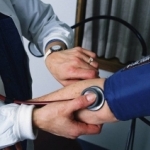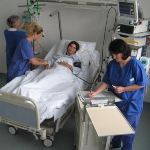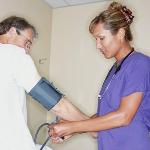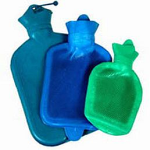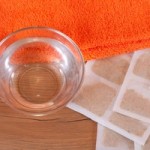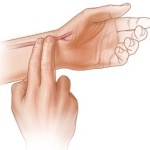 Help for myocardial infarction
Help for myocardial infarction
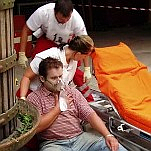
Myocardial infarction is a necrosis of a section of the heart muscle that develops as a result of an acute violation of the blood supply to the myocardium and is one of the complicated forms of coronary heart disease. Emergency care for myocardial infarction largely determines the prognosis of the disease. The faster and better the assistance provided at the prehospital stage, the more favorable the outcome of the disease.
So, myocardial infarction is an acute coronary insufficiency with the development of myocardial necrosis. The cause is spasm or thrombosis of the coronary artery by atherosclerotic plaques, parietal thrombus, artificial heart valve thrombus.
Clinical picture of a typical pain variant of myocardial infarction
Acute pronounced pain syndrome: unbearable pain of a pressing, compressive nature with localization behind the sternum and irradiation to the left arm, shoulder, shoulder blade. The pain is accompanied by fear of death, confusion and severe weakness. The pain intensifies over time, the irradiation becomes wider and less defined. Taking nitroglycerin does not stop the pain or gives a very weak analgesic effect.
Atypical variants of myocardial infarction
The main forms of atypical myocardial infarction:
- gastralgic - localization of pain in the epigastrium, there may be nausea, vomiting, symptoms of an acute abdomen;
- asthmatic - hacking dry cough, feeling of congestion in the chest;
- painless - deterioration in mood, sleep disturbances, a feeling of discomfort in the chest (the so-called "heart longing"), increased sweating, chest pain may be weak or absent altogether.
Nurse Tactics
A patient with suspected myocardial infarction needs urgent hospitalization. If a nurse is providing care for a myocardial infarction to a patient at home, you should immediately call an ambulance team, reporting clearly and in detail all the patient's complaints.
Waiting for the ambulance to arrive.
- The patient should be reassured, seated comfortably and unbuttoned tight clothing. Open the windows, providing an influx of fresh air (but not cold).
- Measure blood pressure and calculate the patient's heart rate .
- Under the tongue, give the patient 1 tablet of nitroglycerin at a dosage of 0.0005 g, or 2-3 drops of liquid nitroglycerin, or 1 dose of spray). If there is no effect, repeat every 5-10 minutes under the control of blood pressure and heart rate.
- Inside, give the patient 25-30 drops of Corvalol or Valocordin.
- mustard plasters on the area of the heart and on the back heating pads to the feet and hands .
- Administer 100% humidified oxygen.
- Monitor blood pressure and heart rate.
- Give 0.25 g of aspirin under the tongue.
- If the patient does not breathe and pulse, resuscitation measures are carried out (indirect heart massage and mouth-to-mouth artificial respiration) until spontaneous breathing and heartbeat appear or until the ambulance arrives.
Patients with myocardial infarction or with suspected infarction are hospitalized by ambulance in the cardiology department with intensive care units or in the intensive care unit.
At the prehospital stage, the most important goal of treatment is to relieve pain (prevention of the development of cardiogenic shock) and maintain heart rhythm. For the purpose of anesthesia, narcotic analgesics are introduced, with rhythm disturbances - lidocaine, novocainamide. The introduction of drugs is carried out by a nurse strictly according to the doctor's prescription and under his control.
